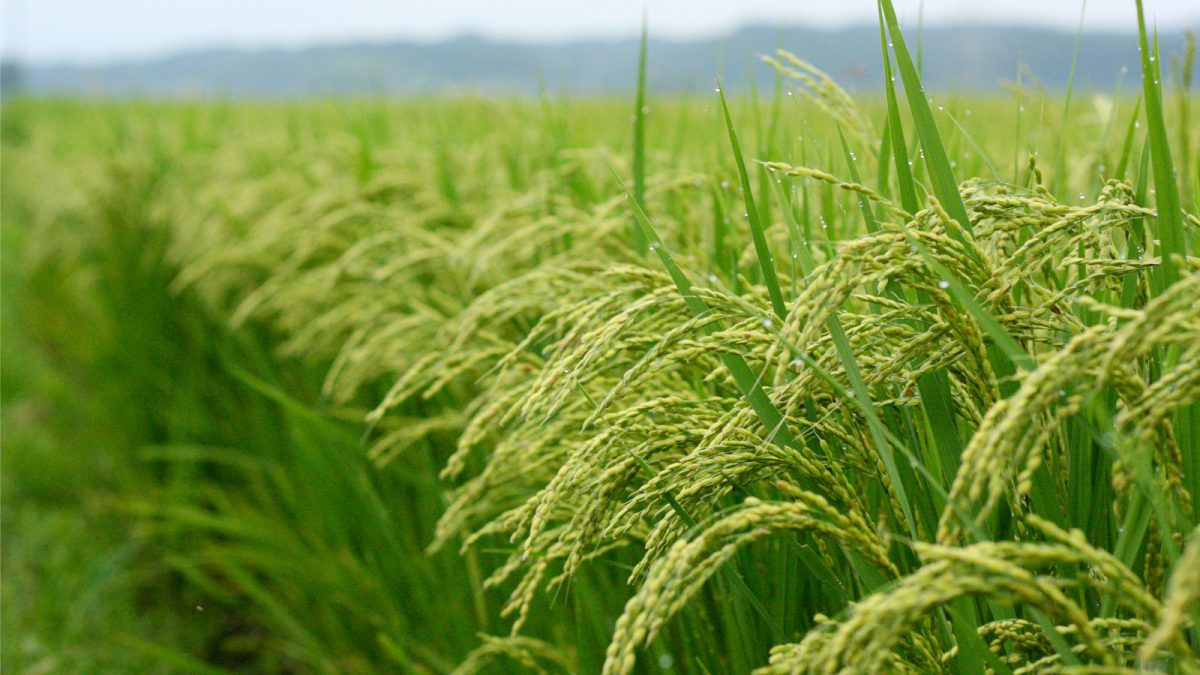THE ROLE OF FACTORS OF PRODUCTION IN RICE FARMING: UNDERSTANDING THE KEY RESOURCES FOR SUCCESSFUL CROP PRODUCTION
Rice farming is a critical agricultural activity that feeds millions of people around the world. The production of rice involves a complex interplay of various factors of production that are necessary for successful crop cultivation. Understanding and effectively managing these factors are crucial for maximizing rice production and ensuring food security. Let’s explore the key factors of production involved in rice farming.
Land is a fundamental factor of production in rice farming. Rice requires specific conditions for optimal growth, including flat or gently sloping land, adequate water supply, and fertile soil. The quality of the land, including its texture, fertility, and drainage, can significantly impact the productivity of rice farming. Farmers need to carefully select suitable land for rice cultivation, prepare the land by leveling, plowing, and ensuring proper irrigation, and manage the land throughout the growing season to maintain optimal conditions for rice growth.
Labor plays a crucial role in rice farming, as it involves various tasks such as planting, transplanting, weeding, fertilizing, pest control, harvesting, and post-harvest activities. The amount and quality of labor input can significantly impact the productivity and profitability of rice farming. The availability of skilled labor, such as experienced farmers or farm workers, is essential for efficient and effective rice cultivation. Labor-intensive tasks like transplanting require careful timing and skilled labor to ensure proper spacing and planting depth for optimal growth.
Capital is another important factor of production in rice farming. Capital resources, such as machinery, equipment, and inputs like seeds, fertilizers, and pesticides, are crucial for modern rice production. Mechanized rice farming techniques, such as using tractors for land preparation or rice transplanters for planting, can significantly improve efficiency and productivity. Access to capital for purchasing inputs and investing in modern farming technologies can have a direct impact on the success of rice farming.
Entrepreneurship is the driving force behind rice farming, involving decision-making, risk management, and business management skills. Successful rice farmers need to make critical decisions about crop selection, land preparation, input management, marketing, and risk management. They need to be knowledgeable about weather patterns, market dynamics, and technological advancements in rice farming. Effective entrepreneurship in rice farming involves planning, organizing, and managing resources to optimize production and achieve profitability.
In modern rice farming, knowledge and technology play a crucial role. Farmers need to have access to up-to-date information about best practices in rice cultivation, such as optimal planting techniques, appropriate fertilizer application, pest control methods, and water management strategies. Advancements in agricultural technologies, such as improved seed varieties, precision farming techniques, and mechanization, can significantly impact rice production. Farmers need to stay informed and adopt innovative technologies and practices to enhance productivity and sustainability.
Climate and environmental factors are important considerations in rice farming. Rice is typically grown in flooded or irrigated fields, and water management is critical for successful cultivation. Climatic factors such as temperature, rainfall, and humidity can affect crop growth, disease prevalence, and yield. Environmental factors like soil quality, erosion control, and biodiversity management also play a role in sustainable rice farming practices.
Rice farming involves a complex interplay of various factors of production that are critical for successful crop production. Land, labor, capital, entrepreneurship, knowledge, technology, and environmental factors all play important roles in rice farming. Efficient management of these factors is essential for optimizing rice production, ensuring food security, and promoting sustainable farming practices. Farmers need to make informed decisions, adopt modern technologies, and utilize best practices to enhance productivity and profitability in rice farming.











